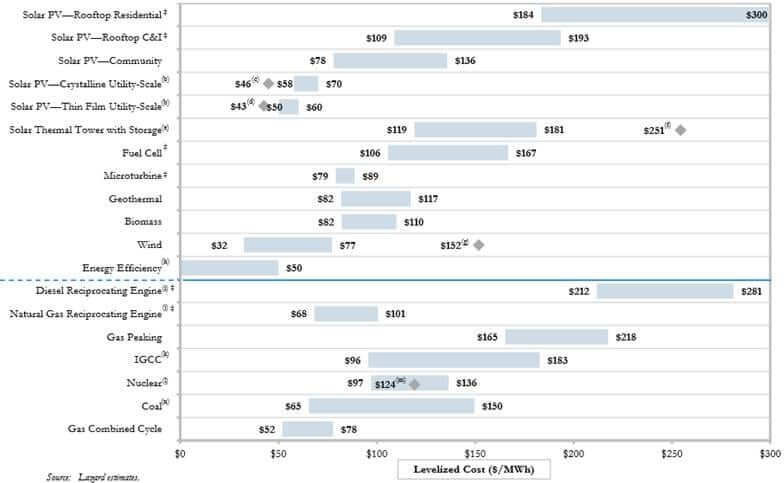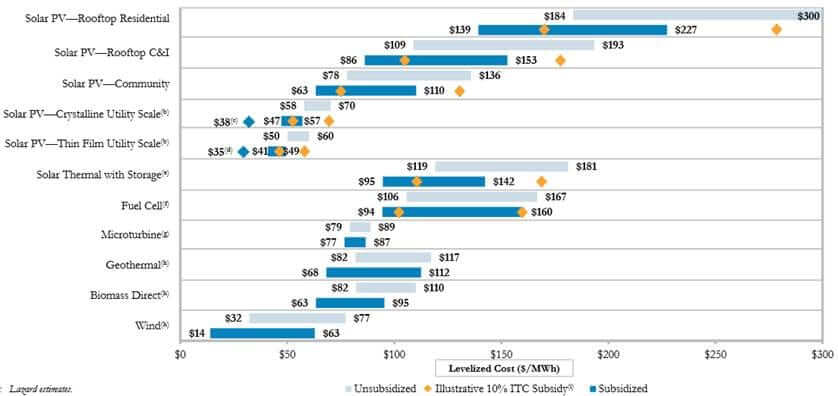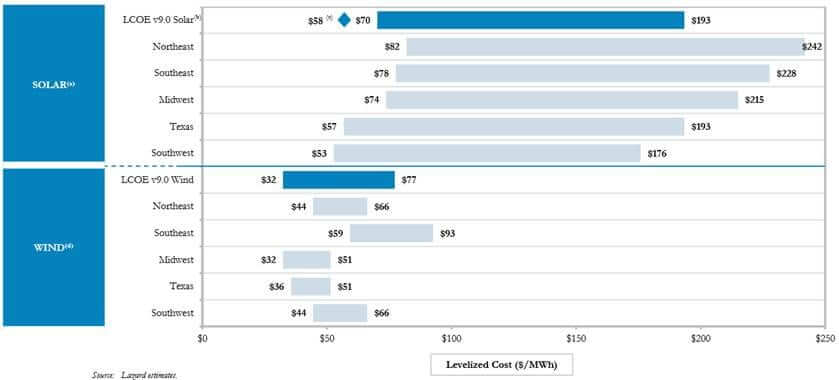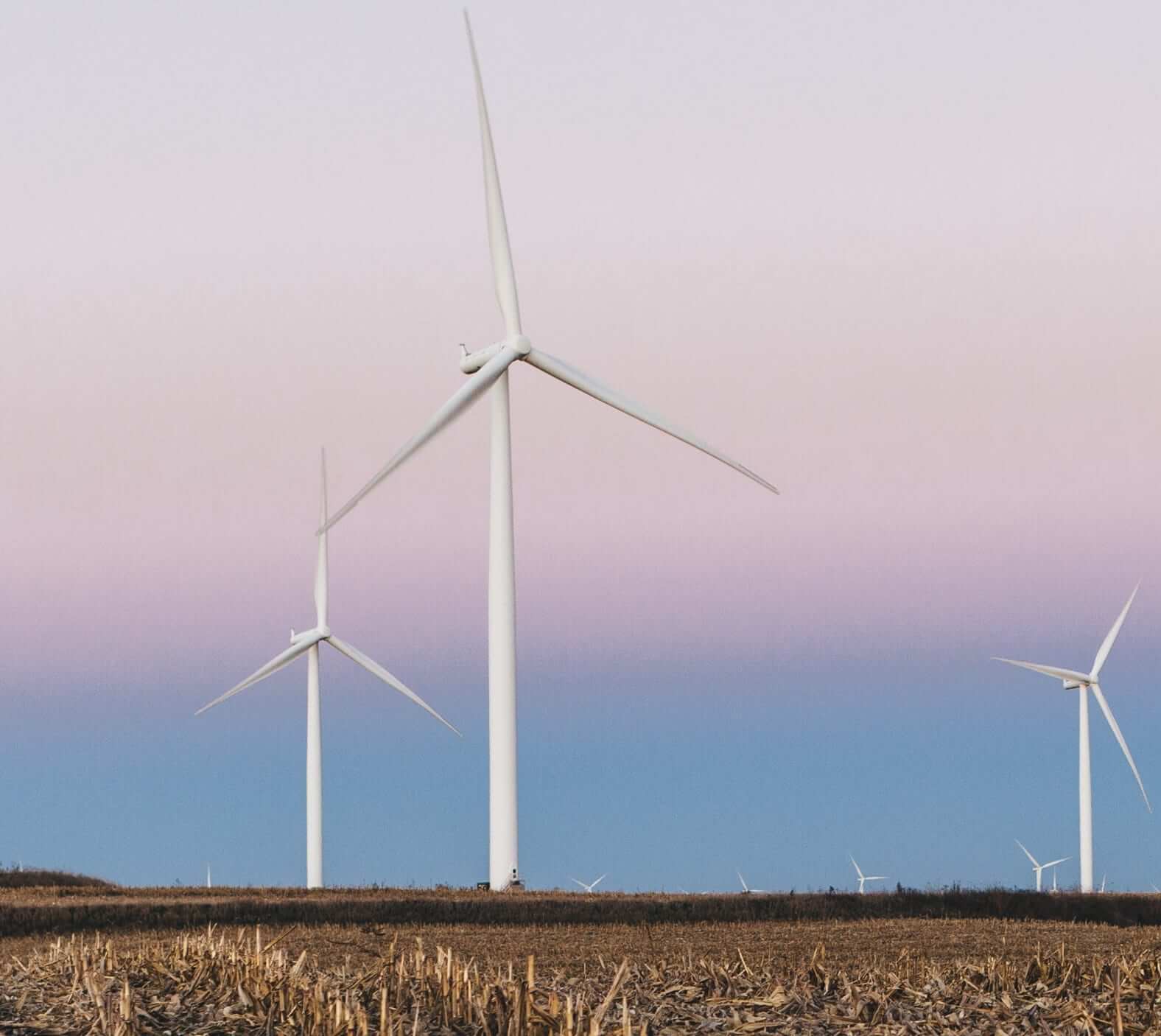Fact Check: President’s State of the Union wind cost claim true
During the President’s final State of the Union address last night, Obama laid out progress made by renewable energy in the U.S. since he took office – including wind energy. Specifically, the president stated “In fields from Iowa to Texas, wind power is now cheaper than dirtier, conventional power.”
Fact check columnists and bloggers were quick to chime in with their thoughts on the accuracy of the president’s claim. Some of them were more right than others. To make it easy for truth-seekers, here’s the data that separates the myth from reality in their fact checks:
Analysis on the both levelized cost of energy (LCOE) and the cost for utilities to purchase power, reported by organizations including the Wall Street investment firm Lazard, the Energy Information Administration (EIA) and the Lawrence Berkeley National Laboratory (LBNL), have all found that wind’s costs to be among the lowest of any electricity source.
Most telling, EIA’s regional breakdowns show wind’s costs are lower than any other energy source in the best wind regions.
Savings from these cost reductions directly help American homeowners and businesses. For example, during last year’s Polar Vortex weather event, wind saved Mid-Atlantic and Great Lakes consumers over $1 billion in just two days. In states like Texas, wind can save citizens a cumulative $15 billion on their electricity bills.
Dramatic cost declines
The U.S. wind industry has seen dramatic cost declines over the last six years, with wind’s national average prices falling 66 percent. This is largely due to technological improvements driven by American innovation, increased economies of scale in manufacturing, and innovative financing tools.
The 2015 report by Lazard provides a comparative look at national average LCOE ranges for both fossil fuels and renewable resources. These ranges, modeled both with and without policy incentives, prove that wind can be cost competitive with traditional generation sources. The charts below identify the levelized cost ranges for different energy sources without subsidies, with a $32-$77 per megawatt hour (MWh) cost range for wind. This unsubsidized cost is proven to be competitive with gas combined cycle plants and coal generators in certain regions of the country.
Unsubsidized costs for all energy sources

Costs with and without incentives for renewable resources

The distinct regional competitiveness of wind in areas such as Texas and the Midwest is also highlighted below, with the LCOE range for wind in the Midwestern states and Texas providing the lowest costs and competitive ranges in the Northeast and Southwest regions.

Impacts of successful, stable policy
Lazard illustrates how the Production Tax Credit (PTC) has been a successful policy to provide the industry the stability it needs to reduce costs through technology improvements, manufacturing economies of scale, and innovative financing tools. These cost ranges also do not take into account the economic benefits and price stability that wind provides in an environment of fuel price uncertainty.
The EIA confirms in the 2015 Annual Energy Outlook (AEO) that the national average cost of wind, measured as the levelized cost of wind (LCOE) in the report, is approximately the same for new wind generation sources as it is for new natural gas combined cycle generators. The AEO further provides a range of those costs that shows the lowest prices for new wind energy generation to be cheaper than the lowest prices for all other energy sources. As President Obama stated, the best wind regions in the country are cost competitive.
Costs reach historic lows
A recent Department of Energy (DOE) report further proves that the wholesale cost to purchase wind energy has reached historic lows. The average cost of wind energy, measured here through average levelized power purchase agreement (PPA) prices paid by utilities and other non-utility purchasers, is currently cheaper than the national average cost to purchase energy on the wholesale market.
It’s clear that wind is most competitive in the interior states of the country. PPA contracts for wind energy lock in a fixed price for the energy produced by a wind farm over the course of 10 to 20 years. This figure illustrates how the price stability of a PPA can act as a hedge against expected future price fluctuations from natural gas.
The LBLN further explained that wind purchase costs are lower than the wholesale cost of energy on a national average and in many regions.

The president’s point that wind is “cheaper from Iowa to Texas” is evident in historically low PPA rates seen in Colorado ($24.24/MWh), Nebraska ($24.95/MWh) and others.
What’s to come
Because the U.S. wind industry now has long-term policy stability from a five-year extension of the PTC, we expect costs will continue to fall in the years to come. We’ve already seen how short-term PTC extensions helped the industry drive down costs, and look forward to what’s possible with the greatest policy certainty American wind energy has known. New transmission lines and further technological advances will also contribute to wind’s rapidly increasing affordability.
The Department of Energy reported last year in their “Wind Vision report” that consumers will see direct savings as wind technology continues to improve and fossil fuel energy sources become more expensive, with annual consumer savings reaching $14 billion a year by 2050, and cumulative savings on U.S. electric bills amounting to $149 billion by then. If fossil fuel prices increase more than expected, electric consumers would start to see direct savings even sooner.
It’s exciting to see the president highlight wind’s progress, and we expect even better news about wind power in State of the Union addresses for years to come.
To learn more about what others are saying about the president’s statement, see The State of the Union on wind energy: a tale of two fact checks.




